Almost overnight, the coronavirus pandemic has forced millions of people to work and learn from home. Here at Uploadcare, remote work and education have been our reality for over 13 years now, so nothing has really changed for us. From day one, we’ve hired people, integrated them into the team, developed software products, built a company culture, and gained new skills, all in an online environment. Over these years, we’ve developed core principles that help us stay productive in our everyday work as well as in online learning.
We’re here to share our experience, which we hope will be useful for companies who are struggling to switch to remote work and education, as well as for eLearning platform owners who want to know more about their customers’ problems and needs.
It all started with just a few folks getting a startup off the ground within the same country. Then we started to grow and hire people from other countries, then from other continents. Today, Uploadcare is a team of 49 distributed all over the globe, from Tokyo to Vancouver.
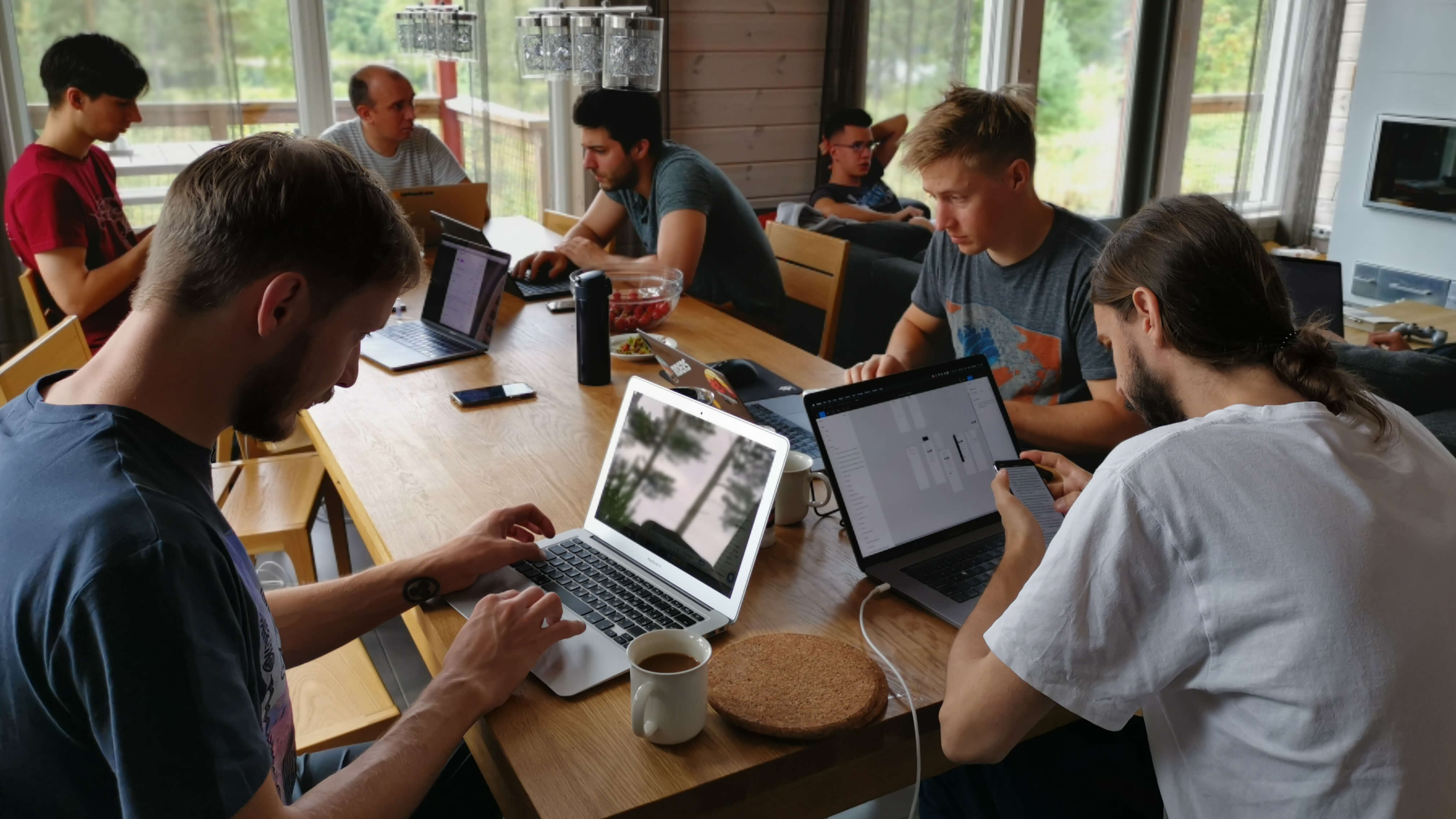 Uploadcare team
Uploadcare team
At some point in our development, we decided to switch to asynchronous communication, which means that co-workers don’t have to respond immediately. Instead, they can respond when it makes sense for them, usually in their time spot set aside for answering emails and messages. There were three reasons to go this way:
-
First of all, it’s about different time zones: collaboration in an international team sometimes happens with a noticeable delay, and there’s nothing you can do there.
-
The other reason to switch, which is even more important, is that all people are different. Even if we lived in the same country, it remains the case that some people are productive early in the morning, some reach their peak productivity times at night, and so on. Synchronous communication forces you to use a “one-size-fits-all” approach, which, honestly, almost never works out.
-
The last reason is that interruptions affect workers’ productivity. According to research from the University of California, even if an interruption is only 5 minutes, you lose 28 minutes of productivity. In the synchronous communication model, you need to respond right away, even if you’re in the middle of something. If you try to count how many times co-workers ask each other questions during a day, you’ll see how harmful it is for the productivity of the entire team.
That’s why we decided to let people be in charge of their own working and personal hours. As a result, they’ve become more productive and happy as they can organize their processes in a way that works best for them as well as maintain a healthy work-life balance.
We believe that switching to asynchronous communication was one of the best decisions that helped us build effective remote processes. That’s why when choosing an eLearning platform for employee training, we seek the same level of flexibility.
 remote work
remote work
We usually look for courses in which information is provided in the form of pre-recorded video lessons, webinars, and presentations. Learners can complete course materials whenever they have time for it and at their own pace.
Discussions and Q&A sessions are conducted via collaborative documents (usually at Google Sheets) or using Youtube live-streaming or other streaming tools so that some students can attend the discussion in real time, and others can watch the recorded webinar afterward.
It’s even better when someone takes notes during the webinar and then sends it to the students who couldn’t attend it. Providing information in different formats is also a great idea as all people process and learn information differently: some like watching videos, some reading, and so on.
Great examples of platforms that offer lots of self-paced courses would be Edx, Udacity, and Udemy. You can enroll anytime and progress at your own pace. To help learners be more organized and stay on track, Udacity also sends them custom learning plans.
Of course, this model might not be suitable for each and every student, but it definitely works for us. If you’re not sure, you can enroll in free self-paced courses like this Machine Learning course or this course on how to build a startup to give it a try and draw your own conclusions.
At Uploadcare, we have one fundamental principle that stands behind everything we do – Occam’s razor. This principle basically means that more things should not be used when they’re not necessary. Following this principle, we try to remove everything unnecessary from every process.
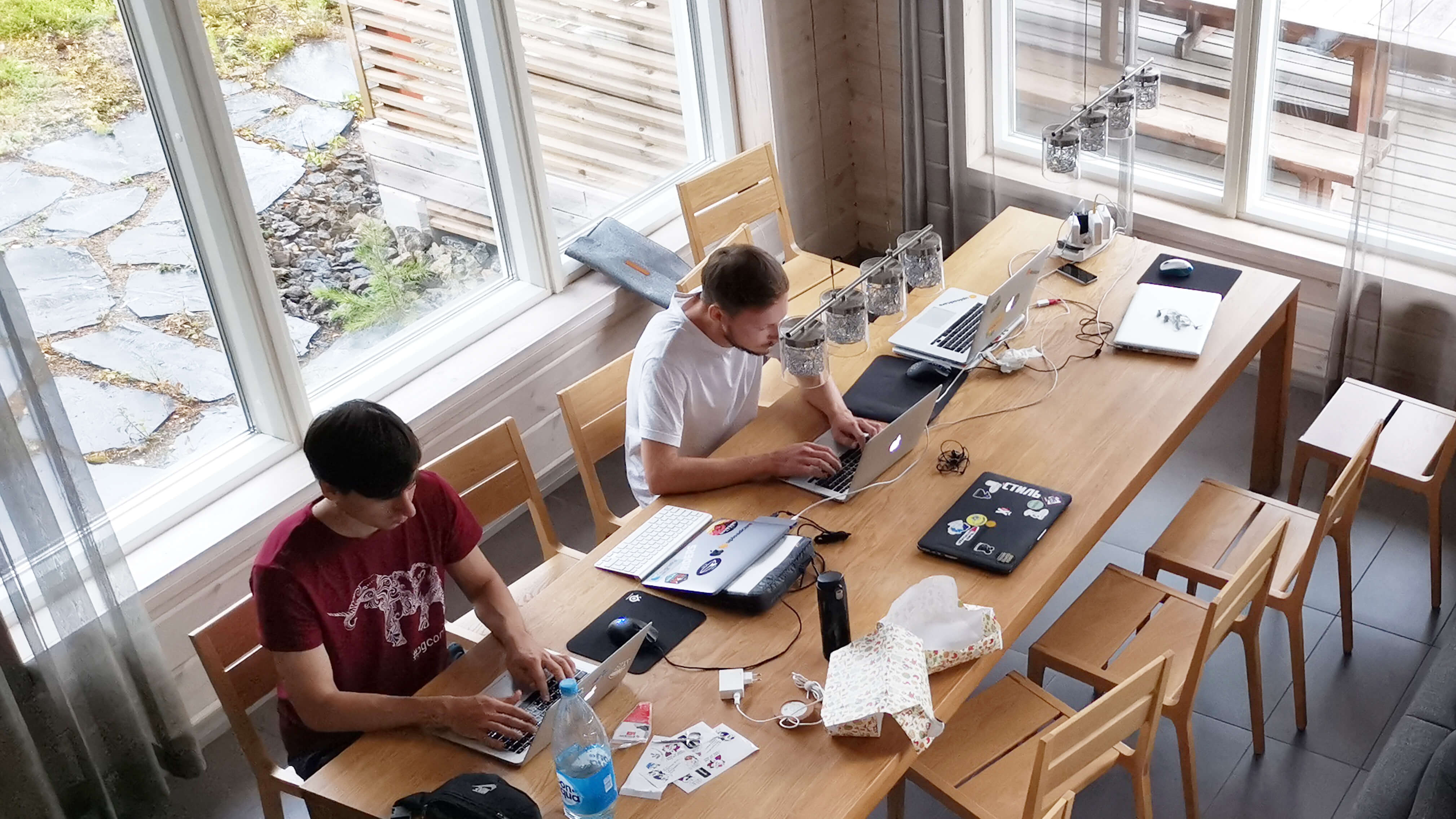 Work in process
Work in process
For instance, when someone wants to conduct a meeting or send an email to a group of co-workers, they usually think twice about choosing the participants. They ask themselves a simple question: do all these people need to be at this meeting, or maybe sending a meeting report afterward to some of them would be enough? Spoiler: after asking this question, they usually end up inviting fewer people.
When choosing online education, this principle translates into “less theory, more practice,” especially if it’s programming courses. Most often, we need courses to improve our practical skills and get tangible results in our professional life as soon as possible. We face some problems during work, and we need quick help to fix it right away. This means that fundamental courses that are 70 percent made up of theory in most cases aren’t a good fit for us.
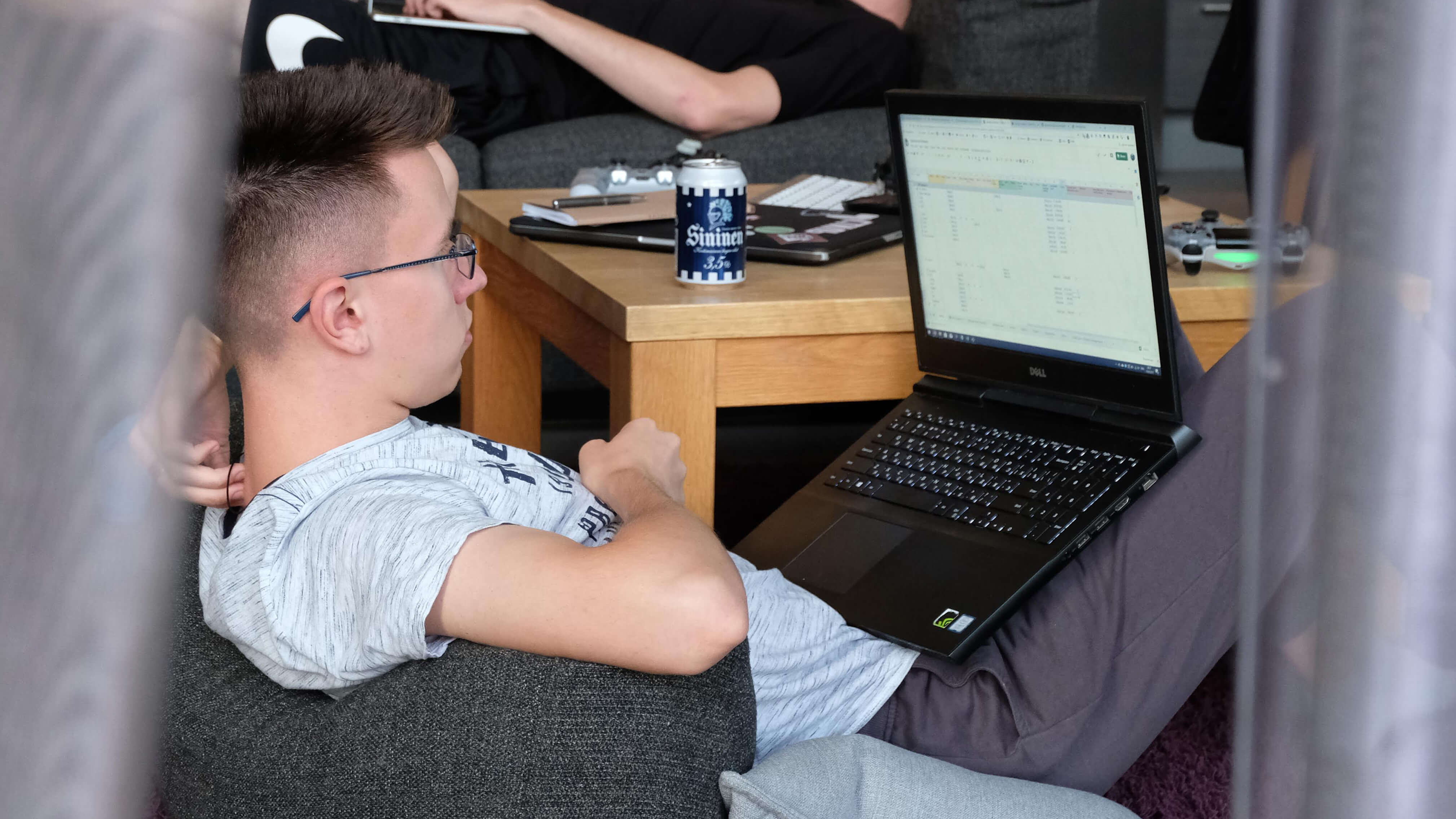 Work process at Uploadcare
Work process at Uploadcare
With this in mind, we consider the microlearning approach to be the perfect learning model for us, and probably for all our colleagues from the IT field. This approach involves providing knowledge in the form of small learning units that students can comprehend in a short time. Most often, the information is given in short videos (no longer than 10 minutes). Each video covers a specific topic or skill you can apply right away, which makes this model a great fit for us.
Let’s take a look at these ReactJS courses at Lynda: each course is under a few hours, each video is under 10 minutes. They’re short and straight to the point so you can start using the knowledge you gained on the same day you started the course. That’s what we’re looking for.
To organize remote work effectively, a business needs a reliable stack of tools: a chat app, a video conferencing app, cloud collaboration tools, and so on. Keeping in mind Occam’s razor, we recommend stripping it down to a minimum – one tool for one process.
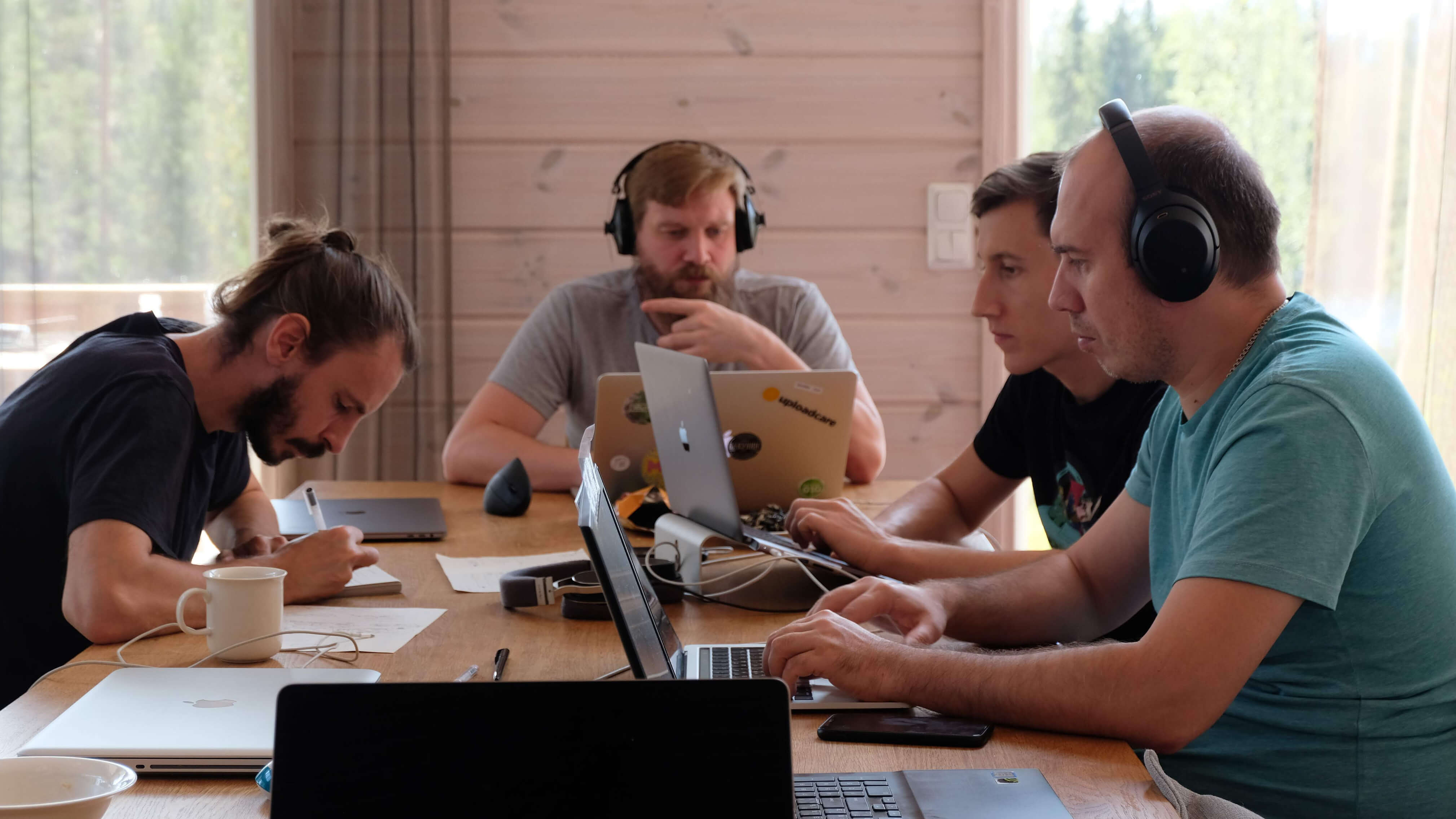 Uploadcare team working
Uploadcare team working
We use Google Docs to share documents, a shared Google Calendar to organize each day and keep everyone updated, Slack for communications, Loom for screencasting, Zoom for online meetings, and Gong to record, share and transcribe those online meetings.
Actually, it doesn’t matter which collaboration tools you use, but they should be fast and reliable to help you grow faster rather than slow down your growth day after day. In the long run, slow and buggy apps that you use every day steal a lot of your time, so it’s definitely not something to skimp on.
It’s also important to establish some rules for the use of your apps and document them for your team. For instance, we use reminders on Slack not to miss messages because of our asynchronous model of communication. We always use �“do not disturb” to let coworkers know if you’re not available right now. We don’t say “hi” and wait for a coworker to answer; instead, we provide the context in the first message. Those are our rules and every person on the team knows and uses them, which helps us communicate more effectively.
We consider an eLearning platform as just another tool that allows our business to grow. And since it’s a tool, we apply the same requirements to it: to be reliable and fast.
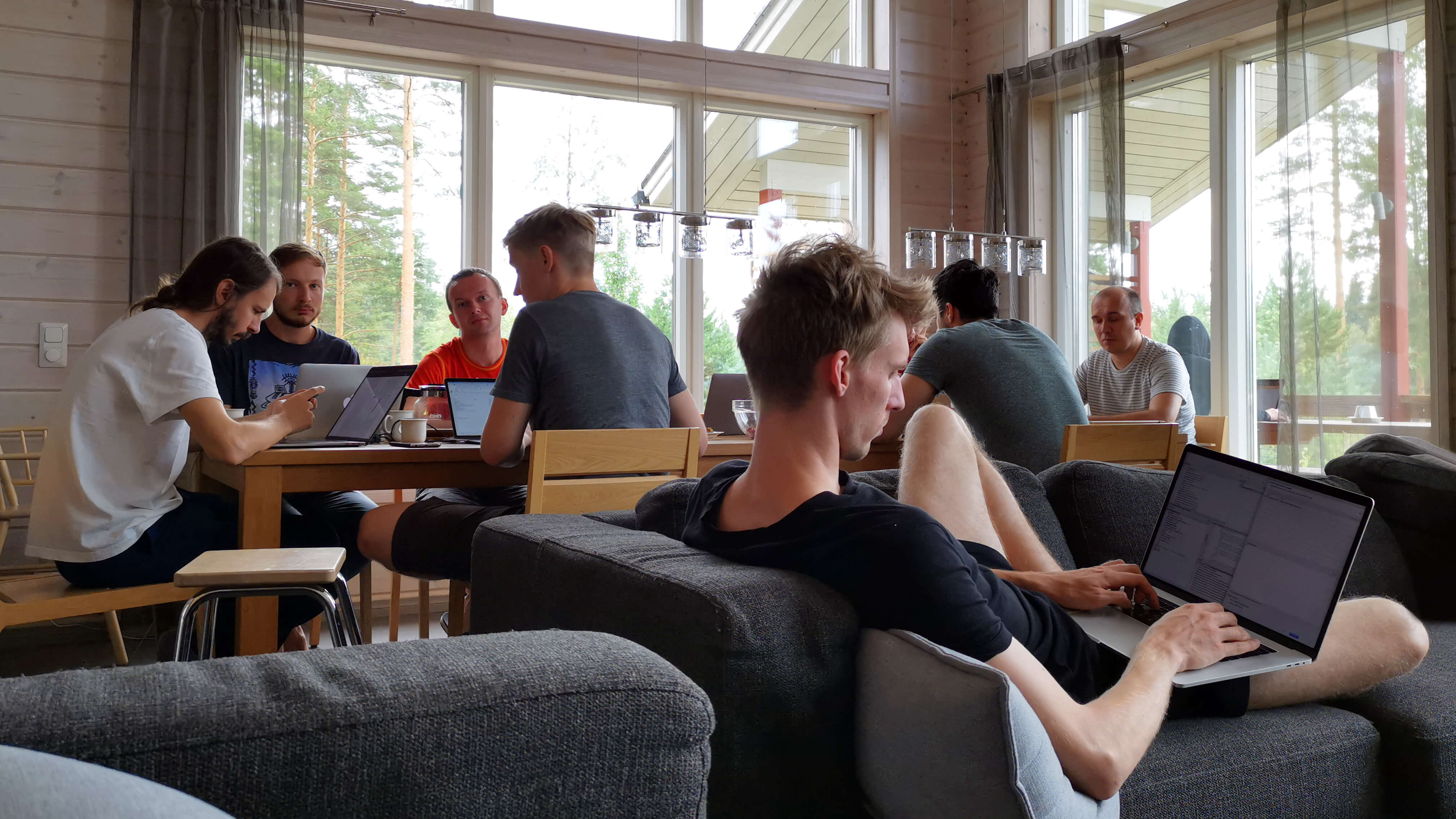 Uploadcare work process
Uploadcare work process
As a company whose raison d’être is helping businesses manage and optimize their content delivery, it really breaks our hearts when we see that images or videos on an eLearning platform load slowly or are of poor quality.
In all seriousness, smooth user experience and strong technical capabilities of the online learning platform are some of the most important factors for us when choosing courses for corporate training.
The outbreak of COVID-19 has led to a huge surge in demand for online learning, which puts lots of pressure on servers and may cause slow content delivery. After noticing such problems on some of the platforms we use, we created a special solution for learning platforms and schools to help them keep the digital learning experience fast and reliable, no matter the load.
Once we started a remote business, we quickly understood that it’s hard to build a sense of community when you can’t see the faces of your co-workers, shake each other’s hands, and have quick chats in the kitchen every day. All those things seem so small, yet they’re crucial to building team spirit and a friendly environment.
What’s more, studies show that loneliness is seen as the second most difficult part of being a remote worker, right after struggling to unplug after work.
To address this challenge, we created a nice tradition called “intercontinental breakfasts.” Three times a week we have group calls just to get together, eat something, drink coffee and talk about anything but work. Even though for some people on our team it’s more like dinner due to the time difference, such calls help us get to know each other and feel like we’re part of something big.
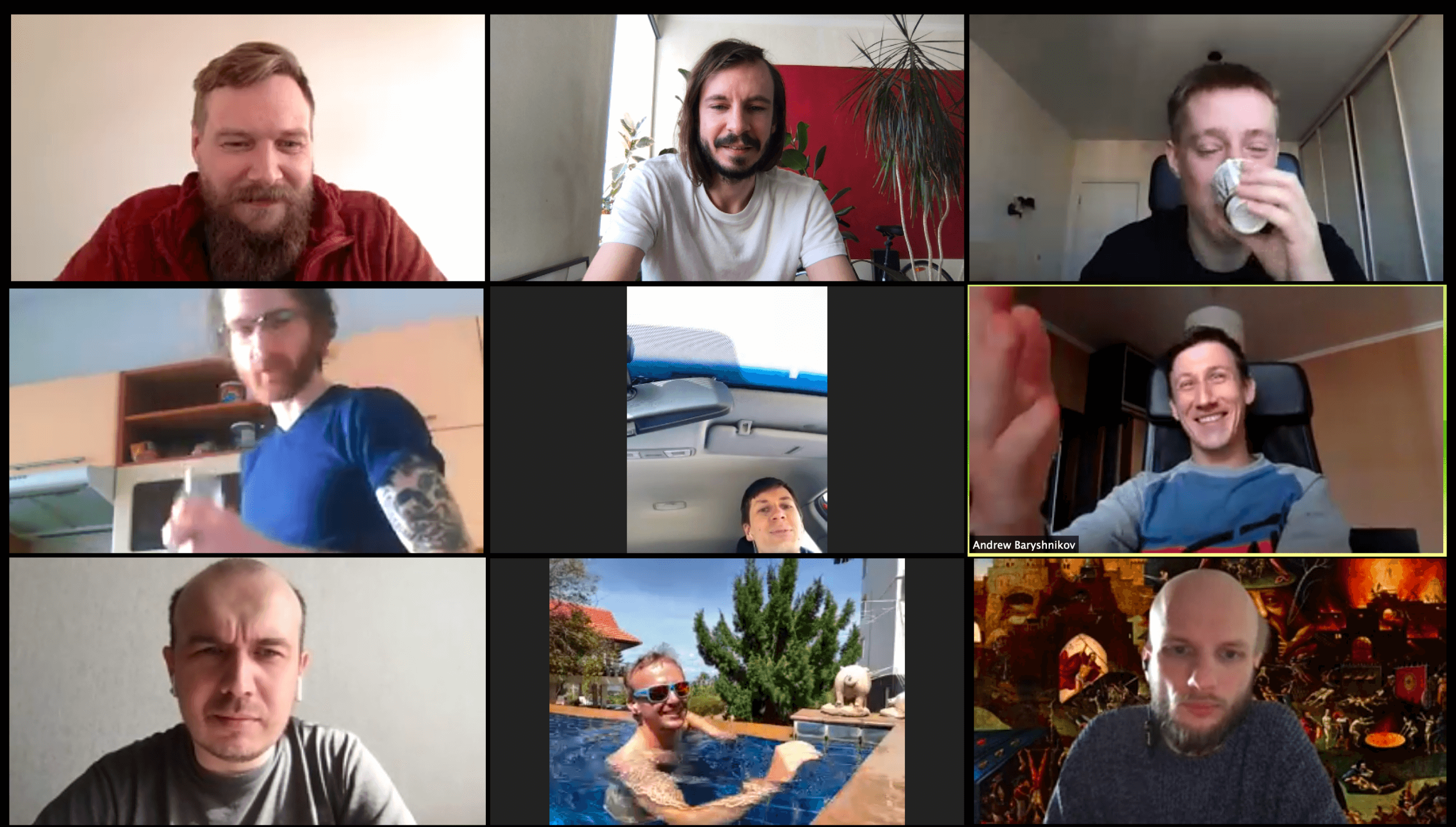.png) intercontinental breakfasts at Uploadcare
intercontinental breakfasts at Uploadcare
Another thing we do is “demo days.” We conduct such meetings two times a month so that everyone can tell about what they’re doing and get feedback from the rest of the team.
The social learning theory developed by Albert Bandura says that people learn best by observing and interacting with others. Even though we’re big fans of the self-service education model, we agree that group work and discussion boards engage you more than tasks you do all alone. Getting feedback from instructors and classmates is also a nice bonus that motivates you to keep learning.
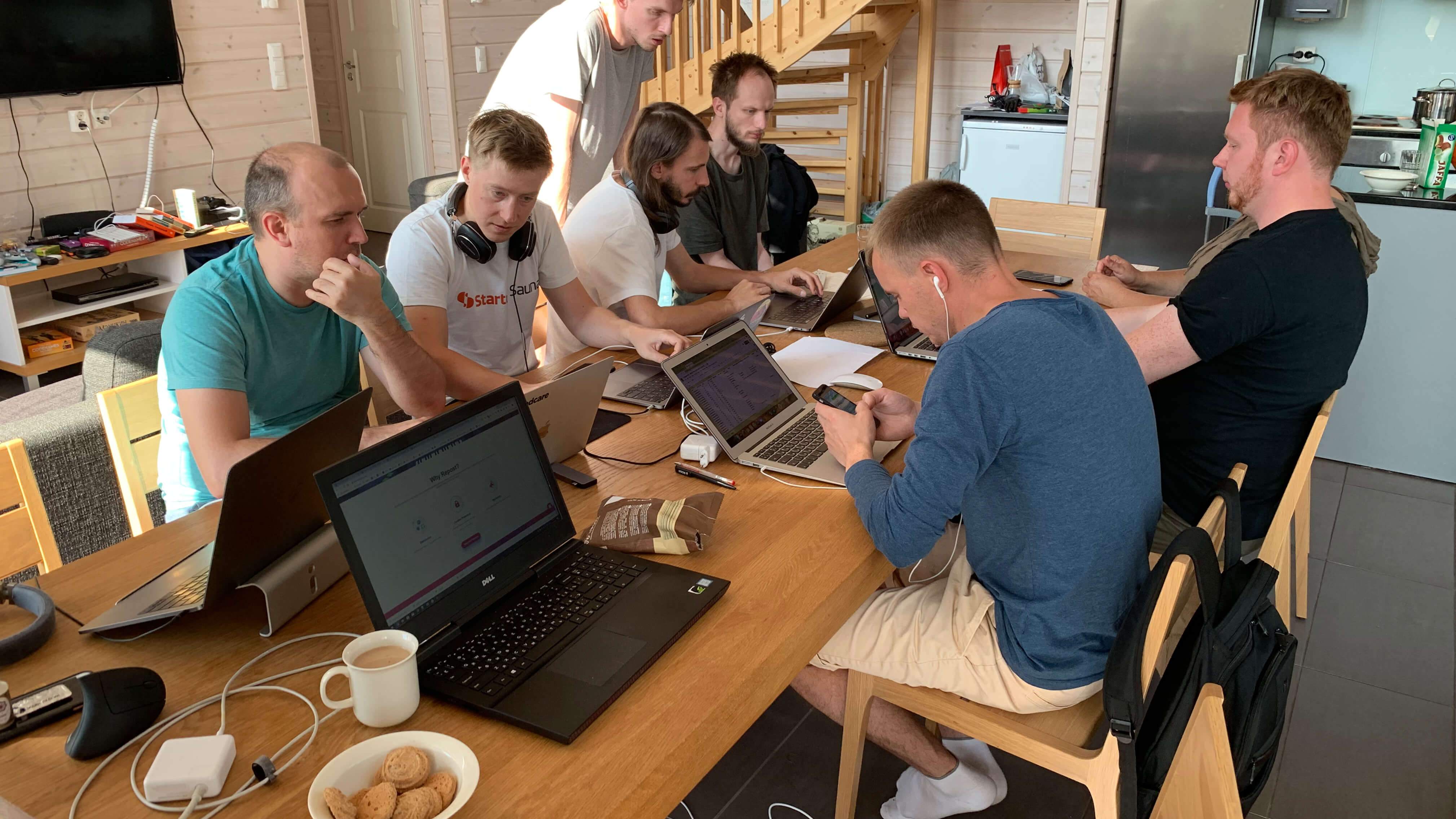 Uploadcare team meeting
Uploadcare team meeting
That’s why when choosing an online course, we prefer platforms that provide opportunities for social learning like group collaboration projects, online discussion boards, and Q&A sessions. Also, here are several interesting social learning use cases:
- Udacity conducts 30-day challenges to encourage students to code or practice the topic of their programs every day and share daily updates with classmates. Students cheer each other on, which helps them make it to the finish line.
- Coursera has an entire forum for students where they can ask questions, help each other, and communicate with educators.
- Coursera also implements peer reviews, which means that learners review each other’s work and give feedback.
Just like in remote work, a sense of community helps students stay involved all the way to the end and makes people more productive.
Building effective remote processes at work and in education takes time, lots of experimentation, and, of course, mistakes. At Uploadcare, we’ve had enough time to figure out what helps us work and learn faster, and what holds us back.
We hope that our experience will come in handy for companies going through the transition to remote right now as well as for online learning platforms who want to better understand the needs of their customers from the IT industry.






.png)
